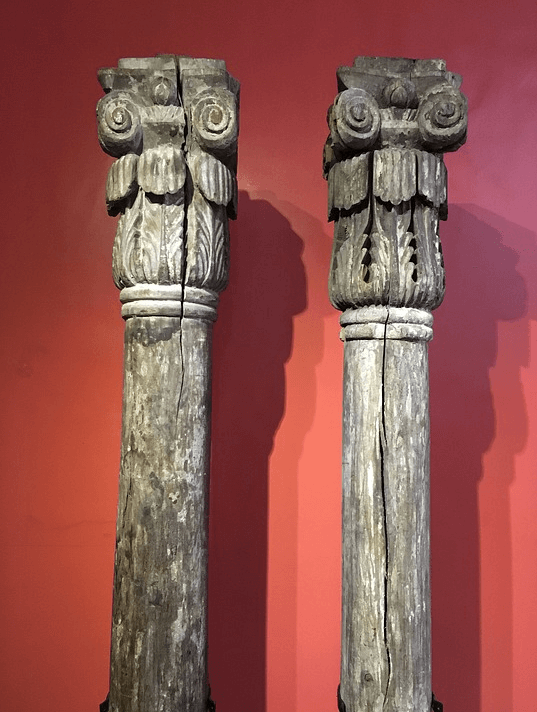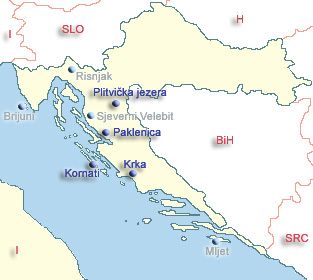Cultural tourism National parks Croatia
Cultural tourism and cultural experiences attract travelers searching for authentic cultural attractions, heritage sites, museums, and unique cultural tours. With the option of online booking, visitors can easily plan journeys full of art, history, and local traditions. Discover fascinating stories, explore crafts, and connect with diverse cultures through guided tours, exhibitions, and workshops. Whether you seek inspiration, education, or unforgettable memories, cultural tourism offers enriching adventures for every traveler. Start your cultural travel today and unlock a world of timeless beauty and creativity.
A national park is a larger area of phenomenal natural qualities which contains one or more eco-systems completely preserved and/or moderately affected by humans. Only traditional agricultural and tourist-recreational activities are allowed.
Croatia has eight national parks; National Park Brijuni, National Park Kornati, National Park Krka, National Park Plitvice lakes, National Park Mljet, National Park Risnjak, National Park North Velebit and National Park Paklenica. The location of these National Parks clearly outlines the natural diversity of Croatia. Three of these parks are particularly mountainous- Risnjak, Paklenica and North Velebit, three are made up of islands- Kornati, Mljet and Brijuni, the leftover two are a clear example of rich, rocky hydrographs - Plitvice lakes and Krka.
The National Park Risnjak was declared a National Park in 1953. Its character is defined buy the fact that in a small area, within Gorski Kotar, several types of climate intertwine: harsh alpine climate, gentle Adriatic climate, continental characteristics of the Panonian Valley and the mountainous chill of the Dinarida. Risnjak has a meaningful role in health tourism and is especially attractive for excursions...
Tourist offers National parks Croatia
Gastronomy National parks Croatia
Health Tourism National parks Croatia
Active Tourism National parks Croatia
Culture Tourism National parks Croatia
Nightlife National parks Croatia
Transfers National parks Croatia
Events and entertainment National parks Croatia
Excursions National parks Croatia
Hotels in National parks Croatia
Private accommodations in National parks Croatia
Tourist resorts in National parks Croatia
Holiday houses in National parks Croatia
Villas with Pool in National parks Croatia
Camps, mobile homes in National parks Croatia
Boat rental in National parks Croatia
Farm holidays in National parks Croatia
Hostel in National parks Croatia
Cultural tourism National parks Croatia Offer

































 Professional serivce
Professional serivce Quality tourist service
Quality tourist service 14 years in business
14 years in business A large number of satisfied guests
A large number of satisfied guests